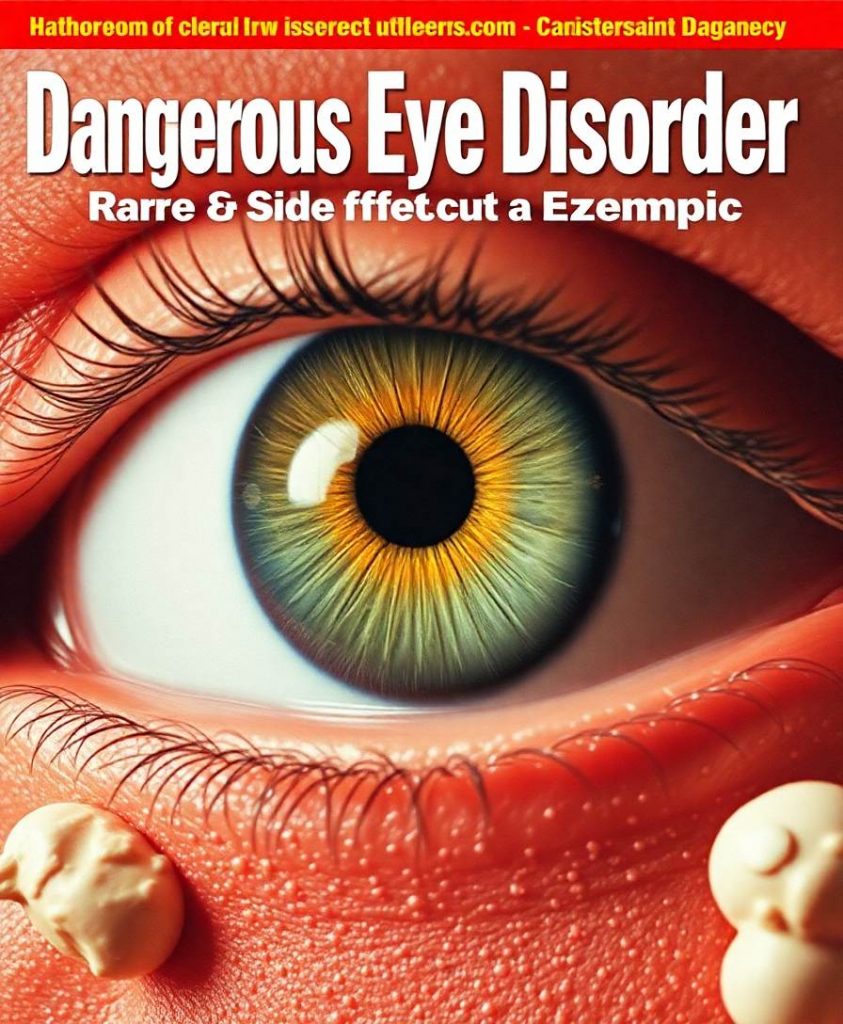When I move through my day, I often notice how my body feels—my breath, the steadiness of my steps, the slight tension in my shoulders. These sensations anchor me, making abstract ideas like health and mortality feel tangible. It’s easy to believe that staying physically fit is a reliable way to protect myself, especially when stories of longer, healthier lives are so common. But recent research nudges us to rethink that assumption, revealing a more nuanced picture behind the benefits of physical fitness.
For years, the connection between being physically fit and living longer has been a comforting narrative. The idea that regular exercise reduces the risk of heart disease, diabetes, and other illnesses has become a cornerstone of healthy living advice. Yet, new findings suggest that this connection might be more about correlation than causation. Specifically, the research points out that individuals with high fitness levels in their late teens also tend to have a lower risk of dying from unpredictable accidents—not just disease. This raises questions about whether the protective effects of fitness are as straightforward as we believed or if other factors are at play.
Could the perceived link between fitness and reduced accidental death be misleading?
It’s natural to assume that being physically active makes us more resilient—better at avoiding injuries, quicker to recover, and ultimately more likely to enjoy a longer life. But what if the relationship isn’t simply about physical health? Perhaps those who are fit in their youth possess other traits—like a cautious approach to life, better risk awareness, or stronger social connections—that help prevent accidents in the first place. These qualities might be what truly influence their lower accident mortality, rather than fitness alone.
Living with this perspective can change how we view our health strategies. Instead of solely focusing on the physical benefits of exercise, we might consider how our habits reflect and reinforce broader aspects of our personality, mindset, and environment. For instance, engaging in regular physical activity often coincides with developing discipline, social bonds, and a proactive attitude—all of which can contribute to safer, more attentive behavior in daily life.

Understanding the real scope of fitness’s role in preventing early death
When we see headlines proclaiming that fitness reduces early death risk, it’s tempting to interpret that as a direct cause-and-effect. But this new research invites us to see the story as more complex. The idea that a healthy body automatically guards against accidents or unexpected events might oversimplify the many factors that influence our safety and longevity.
At the core, this insight encourages us to look beyond the numbers. It’s about recognizing how our overall lifestyle, mindset, and social context shape our chances of avoiding harm—whether from disease or random incidents. Being physically fit remains a valuable goal, but it’s part of a bigger picture that includes mental resilience, community support, and safe environments.
For those of us committed to nurturing our potential for a full, vibrant life, these findings serve as a gentle reminder. The journey toward health isn’t just about the physical; it’s about cultivating awareness, adaptability, and connection—qualities that can help us navigate all of life’s uncertainties with grace and confidence.
Learn More: The effect of physical fitness on mortality is overestimated
Abstract: That fit people have a reduced risk of premature death from various diseases is a recurring result in many studies. New research shows that people with high fitness levels in their late teens also have a reduced risk of dying from random accidents. This suggests that the associations seen in previous studies have probably been misleading.
Link: Read Full Article (External Site)



